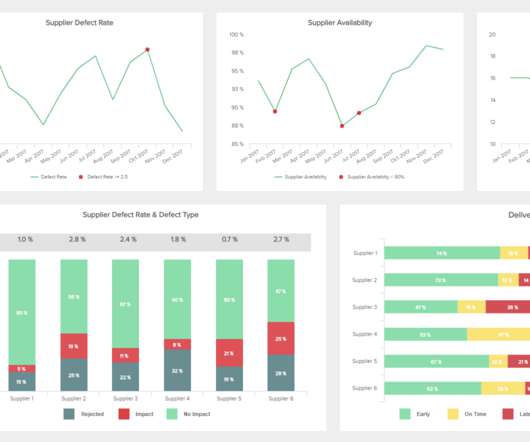Data science vs data analytics: Unpacking the differences
IBM Big Data Hub
SEPTEMBER 19, 2023
Data analytics is a task that resides under the data science umbrella and is done to query, interpret and visualize datasets. Business users will also perform data analytics within business intelligence (BI) platforms for insight into current market conditions or probable decision-making outcomes.

















Let's personalize your content